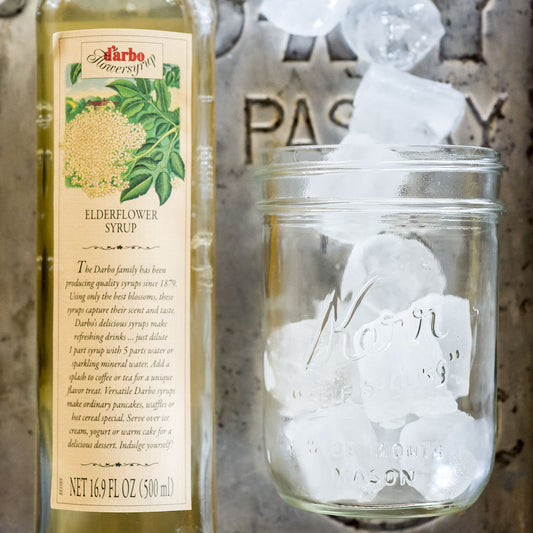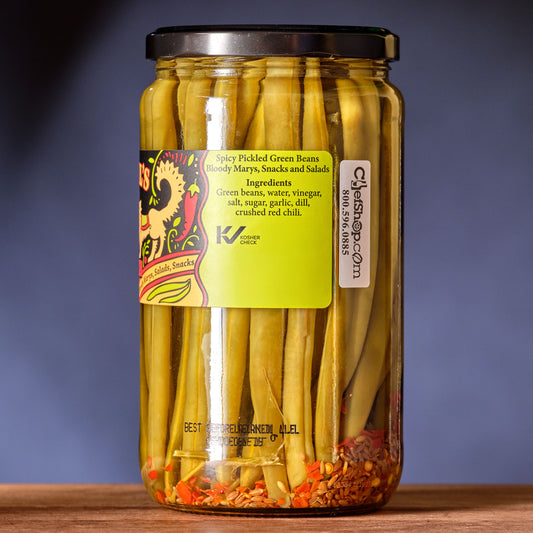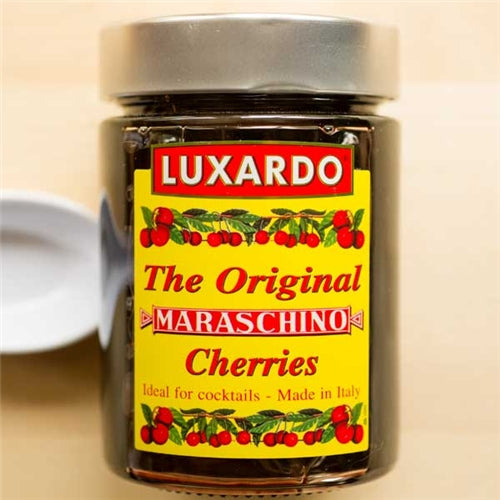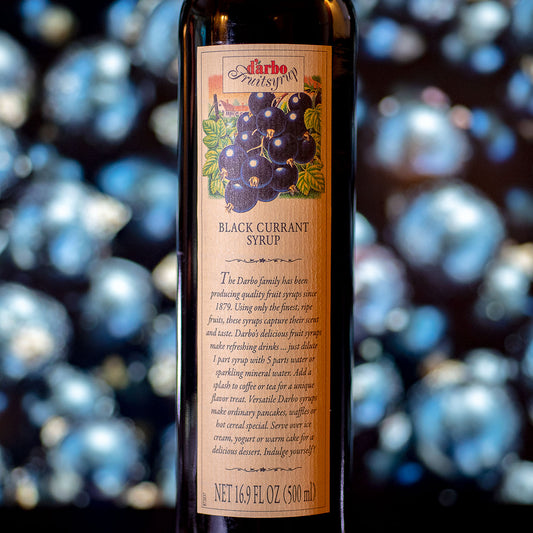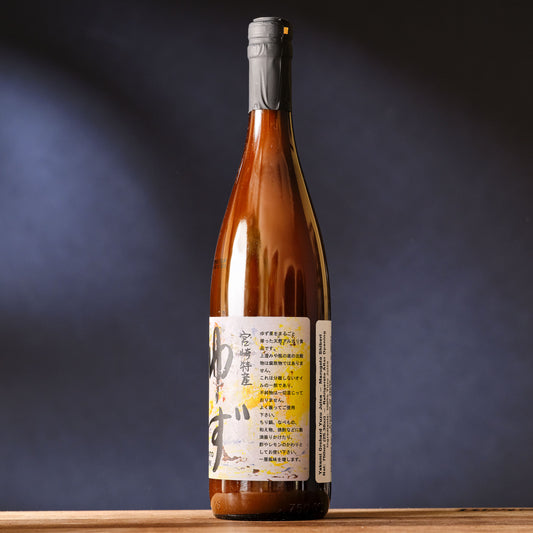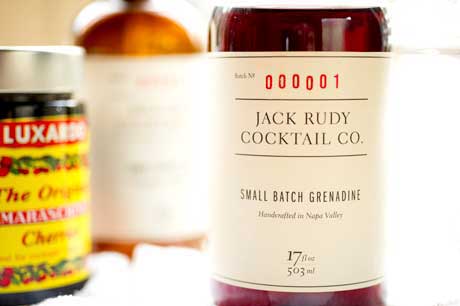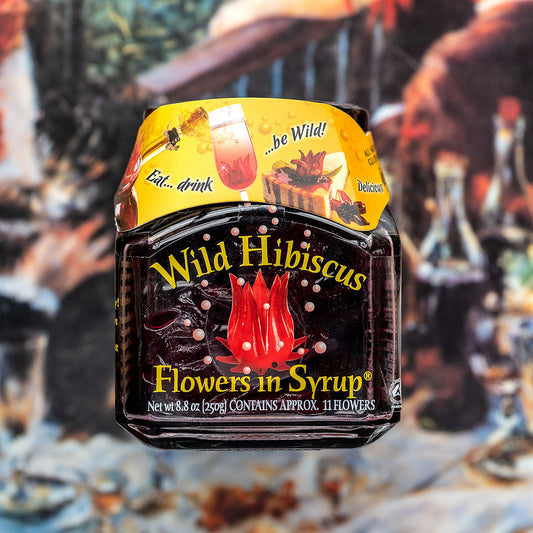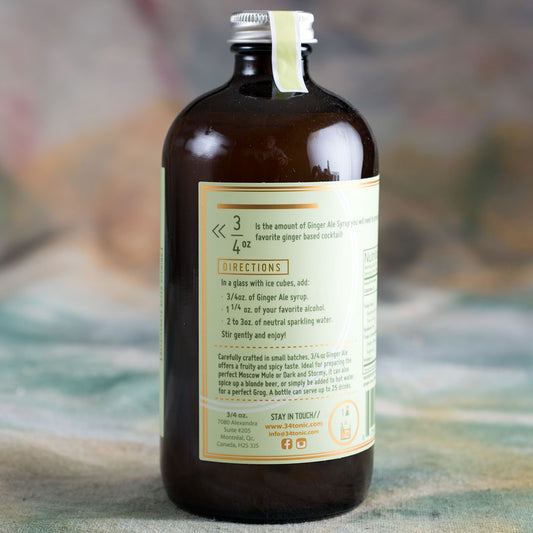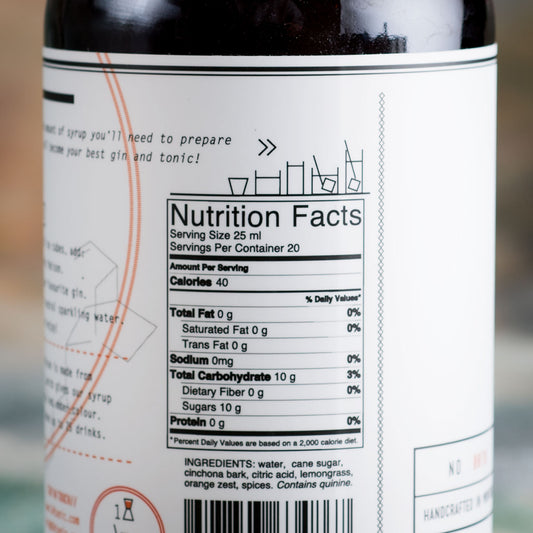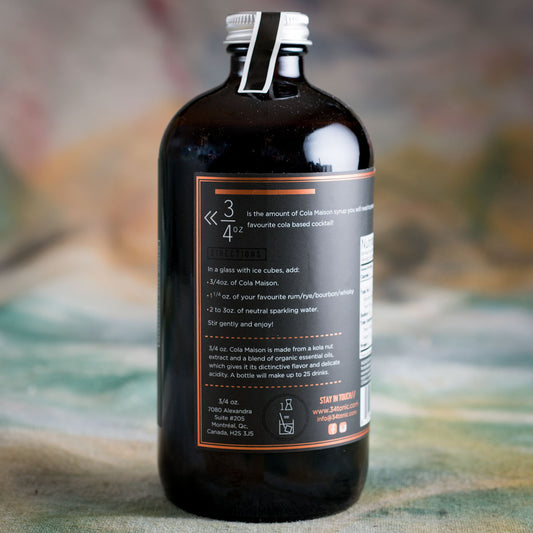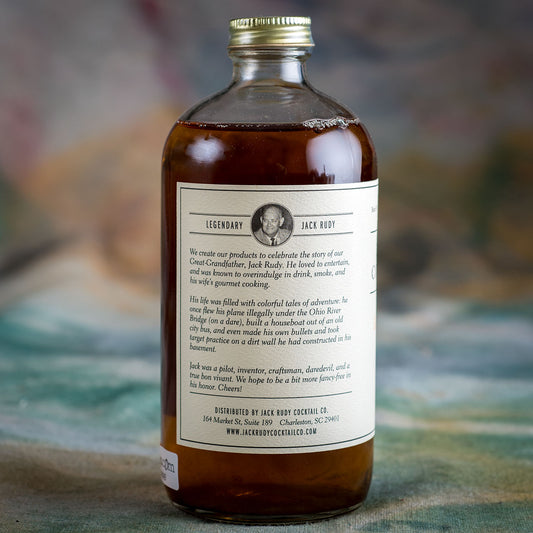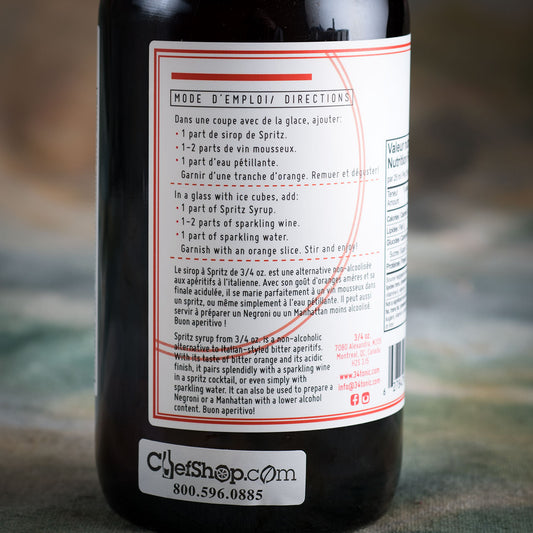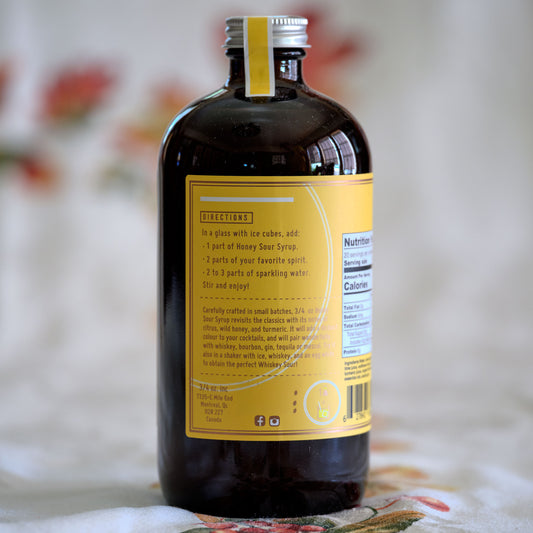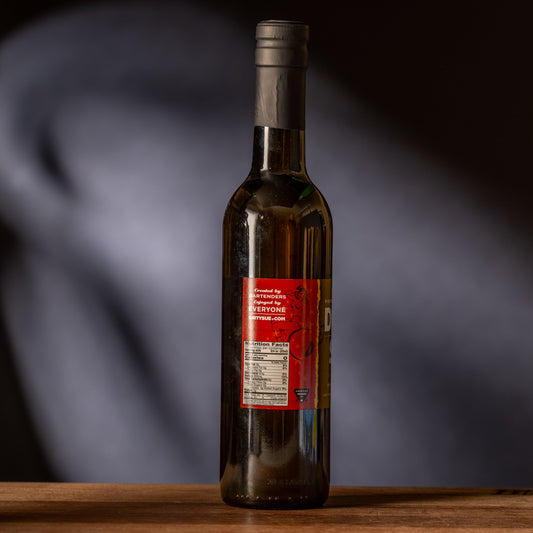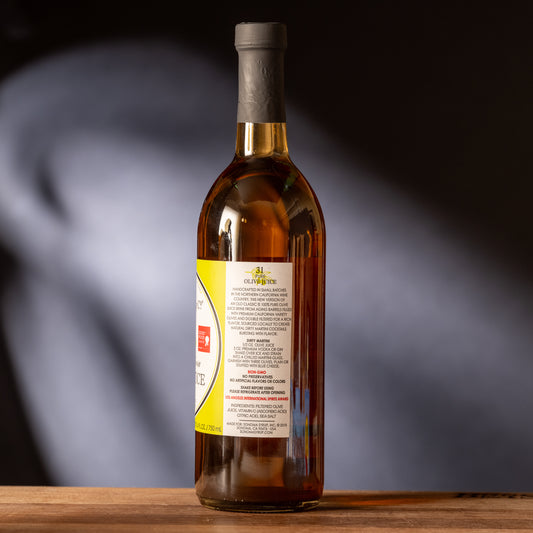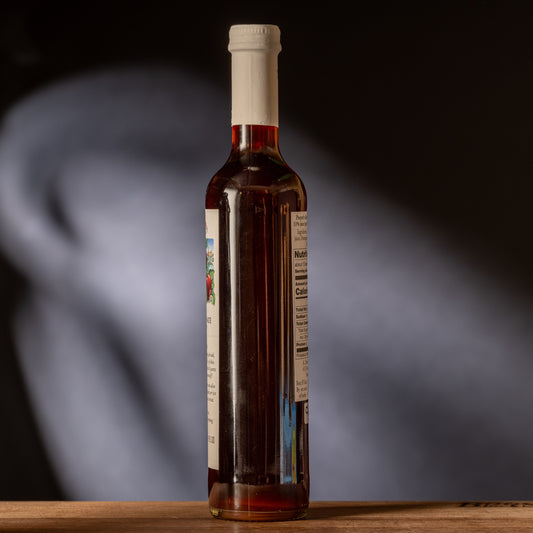Drinks and Cocktail Mixers
about Drinks and Cocktail Mixers: click here to read more
Sweet syrups, citrus, olives, and pickled vegetables began to play a key role in mixed drinks in the 19th century, as the art of cocktail-making evolved in the United States and Europe. The development of these ingredients in cocktails was influenced by the rise of bars, taverns, and cocktail culture during the late 1700s and early 1800s.
Sweet syrups and concentrations became essential in mixed drinks during the 19th century, especially with the widespread availability of sugar and the development of simple syrup. Bartenders started using sweeteners like sugar syrup and fruit syrups to balance the strong flavors of spirits, creating a smoother, more palatable drink. By the mid-1800s, recipes for cocktails like the Whiskey Sour and Tom Collins (which used simple syrup) started appearing in bartending books like Jerry Thomas's 1862 "How to Mix Drinks," one of the first comprehensive cocktail guides.
Citrus fruits (such as lemons and limes) were also integral to early mixed drinks. Citrus juice, especially lemon and lime, was valued for its ability to balance the sweetness of syrups and the strength of spirits with tartness and acidity. The use of citrus in cocktails dates back to the 1600s, when sailors used it to prevent scurvy, but it became more common in cocktails in the 1800s. The Gin and Tonic (with lime) and the Daiquiri (with lime juice) are two well-known drinks that showcase citrus in their recipes.
Olives and pickled vegetables started becoming popular cocktail garnishes in the late 19th century. The olive, in particular, became a classic garnish for drinks like the Martini. Olives, often pickled, added a savory element to cocktails, providing contrast to the sweetness and sourness of other ingredients. Pickled vegetables, such as onions, cucumbers, and even small gherkins, also started appearing as garnishes around the same time. The use of savory elements in cocktails helped pave the way for drinks like the Bloody Mary, which features pickled vegetables and spices.
By the late 1800s, all these ingredients—sweet syrups, citrus, olives, and pickled vegetables—were firmly entrenched in cocktail culture, contributing to the complexity and balance of modern mixed drinks. Their inclusion allowed bartenders to create drinks with a variety of flavor profiles, from the sweet and sour to the salty and savory.
-
DArbo Elderflower Syrup
Regular price $19.95 USDRegular priceUnit price / per$0.00 USDSale price $19.95 USD -
Mama Lils Pickled Green Beans
Regular price $16.95 USDRegular priceUnit price / per$0.00 USDSale price $16.95 USD -
Labo 100% Pure Cold Pressed Yuzu Extract (Juice)
Regular price $25.95 USDRegular priceUnit price / per$0.00 USDSale price $25.95 USD -
Luxardo Maraschino Cherries
Regular price $36.95 USDRegular priceUnit price / per$0.00 USDSale price $36.95 USD -
Nishiji Sudachi Syrup
Regular price $33.95 USDRegular priceUnit price / per$0.00 USDSale price $33.95 USD -
Sadaf Pomegranate Concentrate
Regular price $16.95 USDRegular priceUnit price / per$0.00 USDSale price $16.95 USD -
DArbo Black Currant Fruit Syrup
Regular price $24.95 USDRegular priceUnit price / per$0.00 USDSale price $24.95 USD -
Labo 100% Pure Cold-Pressed Sudachi Extract
Regular price $24.95 USDRegular priceUnit price / per$0.00 USDSale price $24.95 USD -
Sadaf Pomegranate Paste - Molasses
Regular price $8.95 USDRegular priceUnit price / per$0.00 USDSale price $8.95 USD -
Margot Shibori Yuzu Juice - 100% Pure First Press - 750 ml
Regular price $62.95 USDRegular priceUnit price / per$0.00 USDSale price $62.95 USD -
Jack Rudys Cocktail Grenadine Syrup
Regular price $23.55 USDRegular priceUnit price / per$0.00 USDSale price $23.55 USD -
Wild Hibiscus Flowers in Syrup
Regular price $16.95 USDRegular priceUnit price / per$0.00 USDSale price $16.95 USD -
3 X 4 oz Handcrafted Ginger Ale Syrup - 500 ml
Regular price $25.95 USDRegular priceUnit price / per$0.00 USDSale price $25.95 USD -
3 X 4 oz Handcrafted Tonic Syrup - 500 ml
Regular price $25.95 USDRegular priceUnit price / per$0.00 USDSale price $25.95 USD -
3 X 4 oz Handcrafted Cola Syrup - 500 ml
Regular price $25.95 USDRegular priceUnit price / per$0.00 USDSale price $25.95 USD -
Jack Rudys Elderflower Tonic
Regular price $23.55 USDRegular priceUnit price / per$0.00 USDSale price $23.55 USD -
Emile Vergeois Blackcurrant Nectar
Regular price $8.95 USDRegular priceUnit price / per -
3 X 4 oz Handcrafted Spritz Syrup - 500 ml
Regular price $25.95 USDRegular priceUnit price / per$0.00 USDSale price $25.95 USD -
Emile Vergeois Mango Nectar
Regular price $8.95 USDRegular priceUnit price / per -
3 x 4 Oz Honey Sour Syrup
Regular price $24.95 USDRegular priceUnit price / per$0.00 USDSale price $24.95 USD -
Dirty Sue Premium Olive Juice
Regular price $11.55 USDRegular priceUnit price / per$0.00 USDSale price $11.55 USD -
Sonoma Syrup - Pure California Olive Juice
Regular price $17.95 USDRegular priceUnit price / per$0.00 USDSale price $17.95 USD -
Fee Brother Aztec Chocolate Bitters
Regular price $12.95 USDRegular priceUnit price / per -
D'arbo Pomegranate Syrup
Regular price $19.95 USDRegular priceUnit price / per$0.00 USDSale price $19.95 USD -
L'Epicerie de Provence Violet Syrup
Regular price $18.95 USDRegular priceUnit price / per -
L'Epicerie de Provence Lavander Syrup
Regular price $18.95 USDRegular priceUnit price / per -
Bittered Sling - Denman
Regular price $22.95 USDRegular priceUnit price / per$0.00 USDSale price $22.95 USD -

 Restocking - choose Notify me
Restocking - choose Notify meYuzu no Megumi Syrup
Regular price $29.95 USDRegular priceUnit price / per$0.00 USDSale price $29.95 USDRestocking - choose Notify me -

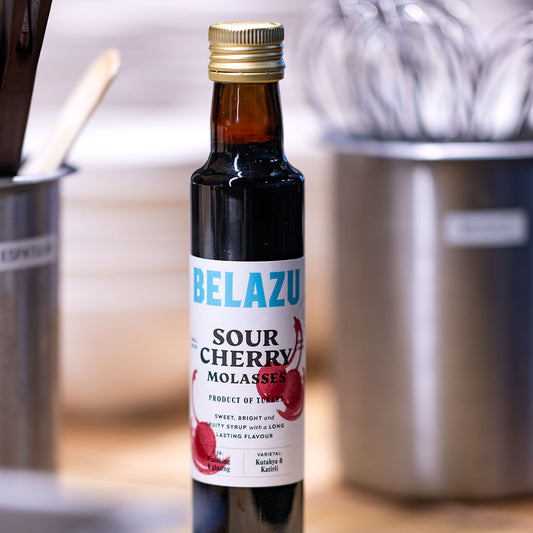 Restocking - choose Notify me
Restocking - choose Notify meBelazu Sour Cherry Molasses
Regular price $14.95 USDRegular priceUnit price / per$0.00 USDSale price $14.95 USDRestocking - choose Notify me -
 Restocking - choose Notify me
Restocking - choose Notify meJack Rudys Bourbon Cocktail Cherries
Regular price $23.95 USDRegular priceUnit price / per$0.00 USDSale price $23.95 USDRestocking - choose Notify me -
 Restocking - choose Notify me
Restocking - choose Notify meDArbo Black Elderberry Syrup
Regular price $24.95 USDRegular priceUnit price / per$0.00 USDSale price $24.95 USDRestocking - choose Notify me -

 Restocking - choose Notify me
Restocking - choose Notify meAntesite Licorice and Anis Concentrate
Regular price $16.55 USDRegular priceUnit price / per$0.00 USDSale price $16.55 USDRestocking - choose Notify me -

 Restocking - choose Notify me
Restocking - choose Notify meDArbo Sour Cherry Fruit Syrup
Regular price $24.95 USDRegular priceUnit price / per$0.00 USDSale price $24.95 USDRestocking - choose Notify me -

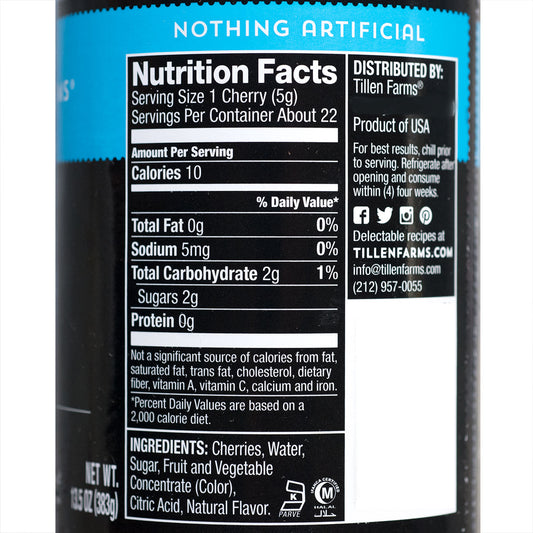 Restocking - choose Notify me
Restocking - choose Notify meTillen Farms Bada Bing Cherries in Sugar Syrup
Regular price $16.95 USDRegular priceUnit price / per$0.00 USDSale price $16.95 USDRestocking - choose Notify me -

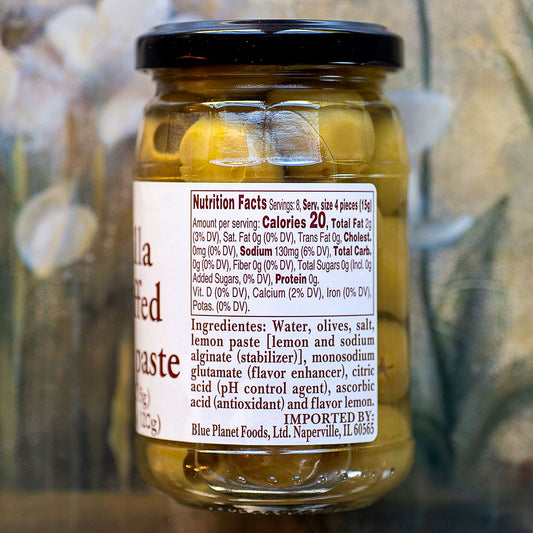 Restocking - choose Notify me
Restocking - choose Notify meManzanilla Olives Stuffed with Lemon
Regular price $9.95 USDRegular priceUnit price / per$0.00 USDSale price $9.95 USDRestocking - choose Notify me -

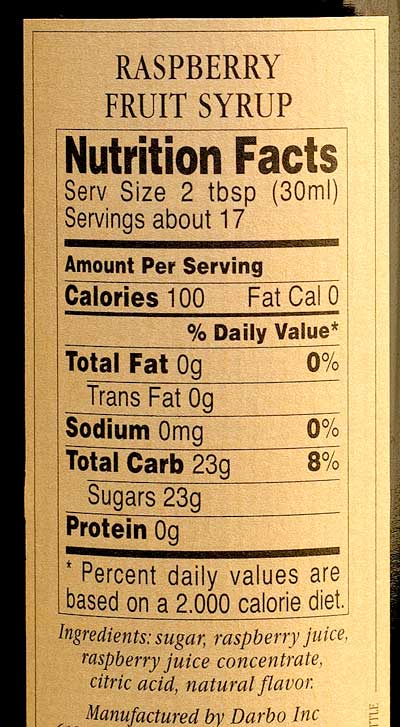 Restocking - choose Notify me
Restocking - choose Notify meDArbo Raspberry Syrup
Regular price $24.95 USDRegular priceUnit price / per$0.00 USDSale price $24.95 USDRestocking - choose Notify me


